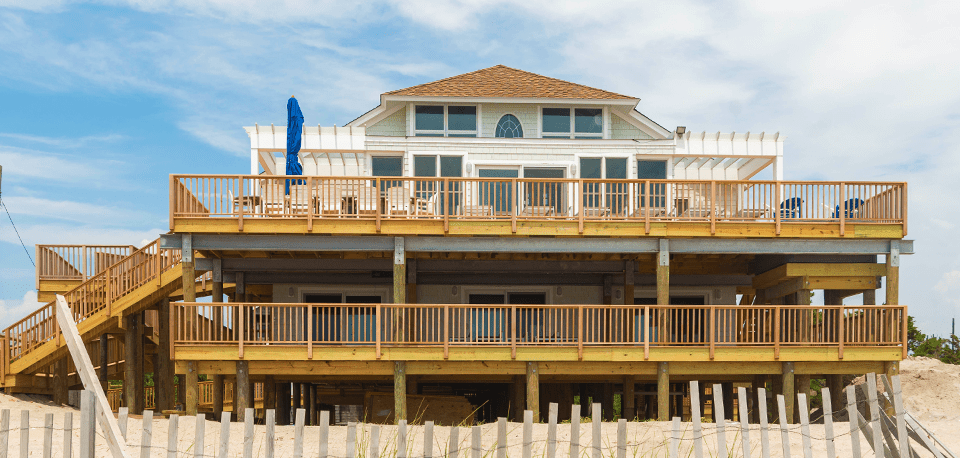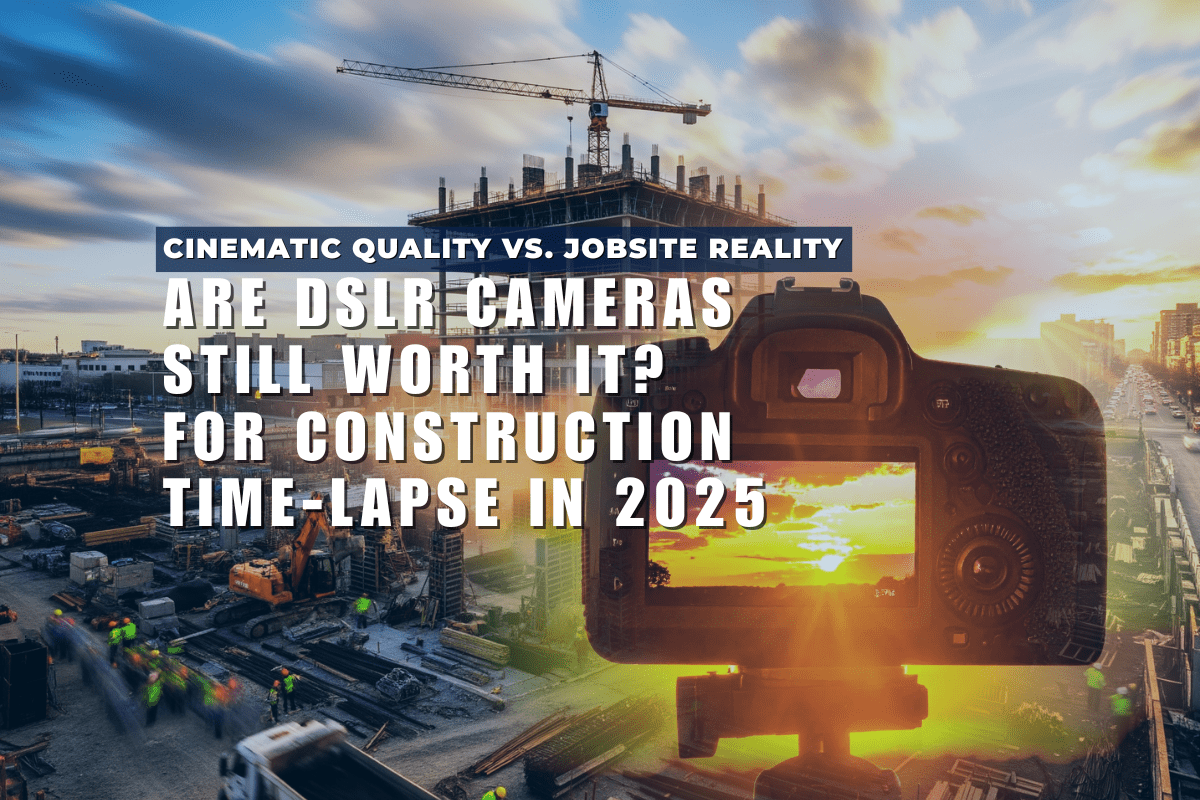As a photographer, you're always looking to bring in more business. One way to do that is to study the work of other photographers and see what techniques they're using to expand their portfolio.
The work of Lauren Chenault, photographer and owner of You're My Focus is a perfect example for those looking to add long-term time lapse photography as an extra service.
In this case study we'll take a look at how she delivered her first project, the results she got and how she’s growing her business by providing this service.
So let's get started!
Goals
-
Document construction of new home and renovations from start to finish
-
Allow owners to keep track of activity on their construction site remotely
-
Expand my photography business from mainly summer beach shoots to all year round
-
Install a time lapse system that required a minimum of maintenance or trips to the site
Results
-
Delivered high quality images of daily construction progress to owners
-
Owners could call contractors when needed to help keep projects on time and budget
-
Word of my new service spread quickly and I now have customers throughout the year
-
Once installed, I only visit each site once every few months
Moving to Fire Island Shrank My Photography Business
You’re My Focus Photography is a very typical family studio centered around portraits, weddings and events. When I moved to Fire Island, my business shifted from all year round gigs to mostly seasonal, summer beach photography. The occasional jobs on the mainland weren't enough to replace the non-summer decline.
A customer asked me about doing a time lapse for their new house construction and that’s when I started researching. Since I already owned GoPros, I knew the fundamentals of time lapse but immediately realized that the camera was not going to be the challenge. Battery life and getting the images off the camera was going to be the challenge.
I Googled ‘construction time lapse’ and CamDo came up. It was obvious that they specialize in solving exactly the issues that I was thinking about and more. I ordered my first package which included a heavy-duty enclosure, a solar power panel, a camera, a battery pack, and an UpBlink controller.
Setting Up The First Project
A 4"x4" post was installed for each camera.

I was ready to set up my first customer’s site. For this project we decided that one camera was sufficient to capture all of the action. We installed a 4x4 post that gave the camera a great vantage point. It did take some time to get all of the configurations working properly including the hotspot set up.
CamDo weatherproof case with a solar panel for continuous charging.

Since the units were solar-powered, We didn't have to change batteries manually.
Using CloudX, CamDo’s cloud-based platform, the images are automatically transferred to the cloud once per day. This gives my customers a daily progress report for their projects.
Quality and Convenience, Right From the First Project
The quality of the images immediately impressed. The wide-angle shots told a very complete story of the progress. The owner has visual access to the site without having to drive there.
Keeping in mind that most of my clients do not live on the island in the off-season, this is a major advantage versus driving to the island every week.
Rinse and Repeat
With the success of the first project it seemed possible to build a monthly recurring revenue model that paid me during the off season.
To grow the business, I focused on a repeatable formula for installation and management going forward including:
-
A visit to the site to determine whether more than one camera was needed
-
Determine the camera location(s)
-
Install standard 4x4” pole(s) with plate on top
-
Configure the hotspot to properly communicate with the camera
-
Configure CloudX to give each customer their own private portal to view the images
-
Visit the site every few months to clear the memory cards
A few lessons and adjustments that I made along the way improved the overall experience. I switched from the Sony RX0 II to a GoPro HERO5 for one primary reason. The Sony's lens didn't give me a wide enough shot. I work with small lots so that wide angle on the GoPro is critical for me.
Another interesting discovery was the effect the time lapse has on the contractor. It is important that they know that it is not a continuous video.
I developed three packages and three price points
My first package is $300 a month and you get the still images and a video at the end of the week. That includes me going over to the site once a week and sending you a video of the progress made of your project.
My second package is $450 per month. You'll get the pictures at the end of the day, weekly site visits, the videos at the end of the week and drone footage depending on what they're doing.
My third package is $600 a month and you'll get weekly site checks, photos at the end of each day, videos at the end of each day and drone footage.
The business grew organically through the homeowner community
My business grew organically through homeowners sharing their time lapse video with friends. So an unexpected by-product of the footage is the output. Time lapse video became the content for a customer referral campaign.
Now my business is divided into three seasons. Summer is family and wedding photos on the beach, fall and spring is construction time lapse and Christmas is family portraits.
A way to grow your photography business
For any photographer, this is a very easy way to grow your business especially since it comes with a built-in marketing campaign through social sharing.
CamDo provides all of the hardware and software to make it simple and easy to support each customer on a weekly or even daily basis.




